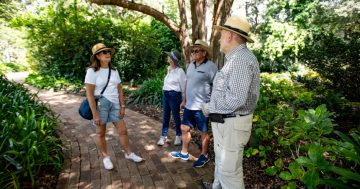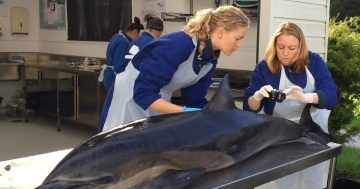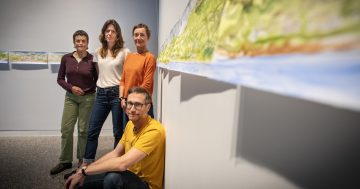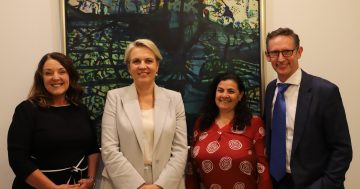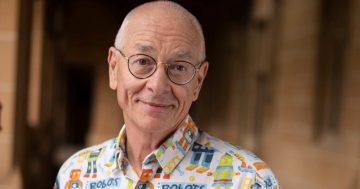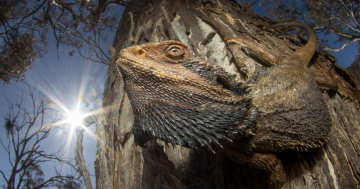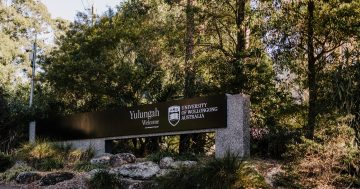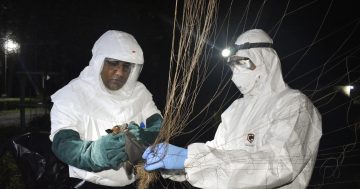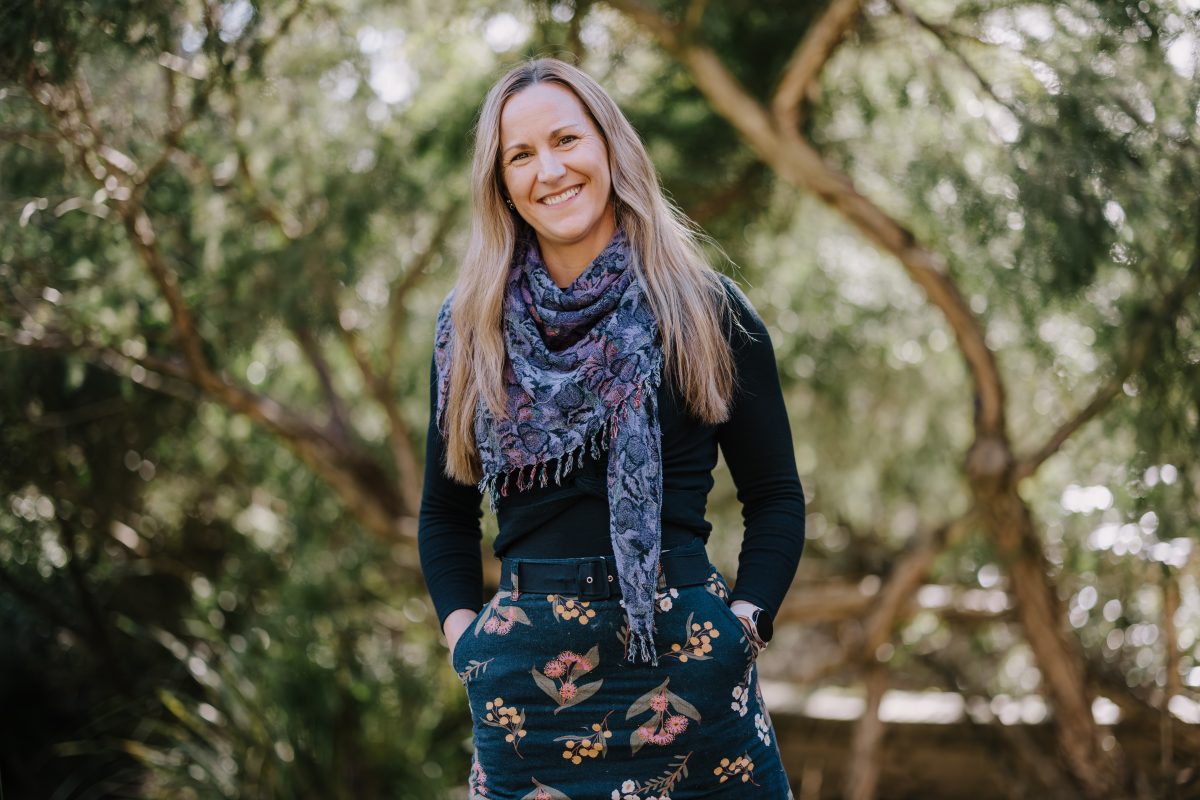
Dr Haidee Cadd, from the University of Wollongong’s (UOW) School of Earth, Atmospheric and Life Sciences has featured on the new ABC documentary Megafauna: What Killed Australia’s Giants? Photo: UOW.
Did you spot a familiar face on the ABC’s new megafauna documentary?
You weren’t mistaken – the University of Wollongong’s Dr Haidee Cadd featured on the two-part series called Megafauna: What Killed Australia’s Giants?
Megafauna are animals that weigh more than 45 kg, and Australia was once home to a plethora of giant koalas, echidnas, kangaroos and lizards.
After millions of years they disappeared quickly – and after decades of debate, we finally have the science to find out why.
Dr Cadd works as a palynologist studying plant pollen, spores and micro-organisms.
She uses samples drawn from deep beneath the Earth’s surface to learn about the history of a landscape.
Dr Cadd handles age-old samples all the time, but requests from documentary teams aren’t something she deals with quite as often.
“I just randomly got an email from one of the producers from the documentary team,” she said.
“It’s not something that happens every day – most people I know and work with haven’t had an experience like this before.
“He had read some of my research, asked for a chat and it went from there.”
Dr Cadd went with the film crew to North Stradbroke Island (Minjerribah), demonstrating how researchers core wetland sediments.
The strenuous and painstaking process gives scientists the material they need to reveal the landscape’s deep secrets.
“Taking a sediment core from a water and reed-filled lagoon is challenging,” Dr Cadd said.
“The producers received a hands-on experience, helping us assemble the coring platform, push it through the dense growth, undulating peat surface and waist-deep water.
“I grew up in a really small country town in western Victoria where I didn’t get to see a lot of science.
“To get the opportunity to share how we do research out in the field, on TV for people who wouldn’t get the opportunity otherwise was amazing.
“It’s rare to have the privilege to communicate science to such a wide audience and I was grateful to be given the chance.”
Taking core samples might be messy work, but Dr Cadd said the results are nothing short of magical.
“Every time we take a core it tells us something about a history that has never been known,” she said.
“It’s like stepping into a time machine to see what vegetation would have existed and where, the changes from forest and woodland to open grassland.”
Another magical experience was getting a sneak peek of the documentary before its TV broadcast on Tuesday 25 June and Tuesday 7 July.
“It’s narrated by Hugh Jackman, and it was exciting to hear Wolverine talk about megafauna,” Dr Cadd said.
“The 3D animations are incredible.”
So, was it the introduction of humans to Australia that led to the demise of the megafauna? Or were there more challenges for the massive mammals and marsupials?
Dr Cadd said the answer wasn’t a simple one, but it did shed some light on how we could support wildlife today.
“What we found suggests when we have a rapidly changing and highly variable climate like today it is difficult for species to adapt when people are there,” she said.
“The megafauna might have been able to survive the changes to their climate and landscape, but with the added pressure people put on it was too much for them to handle.
“When we look at conservation today, we have to look at how we can manage both of those pressures.”
Dr Cadd is about to begin a three-year project funded by the Australian Research Council Discovery Early Career Researcher Awards.
Her new research will help us understand Australia’s bushfire risk in the face of climate change by comparing fire in three Australian bioclimates across two thousand-year periods, one prior to human settlement and one during active Indigenous management.
She hopes this will help demonstrate the benefits of cultural burning practices.
Megafauna: What Killed Australia’s Giants? is available on ABC’s iView.








